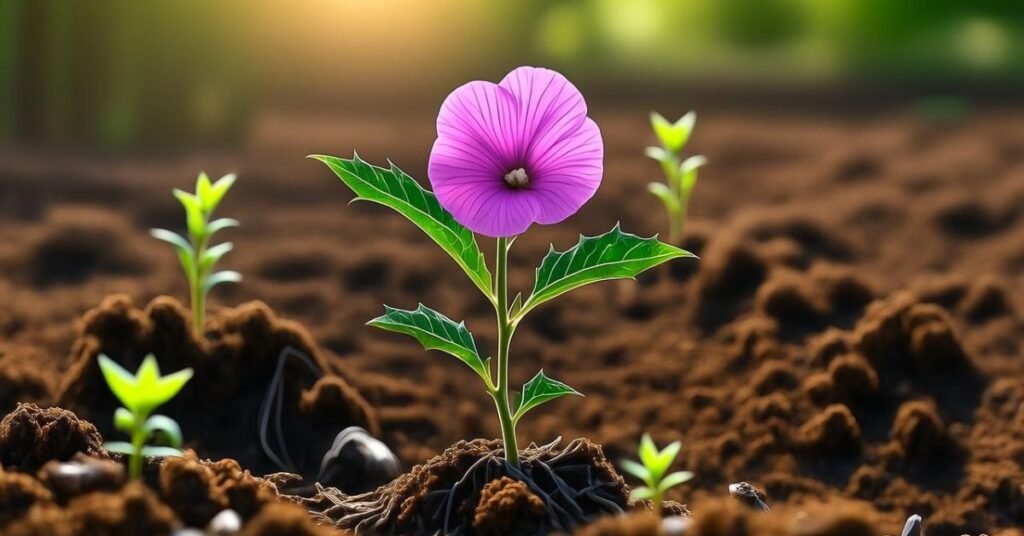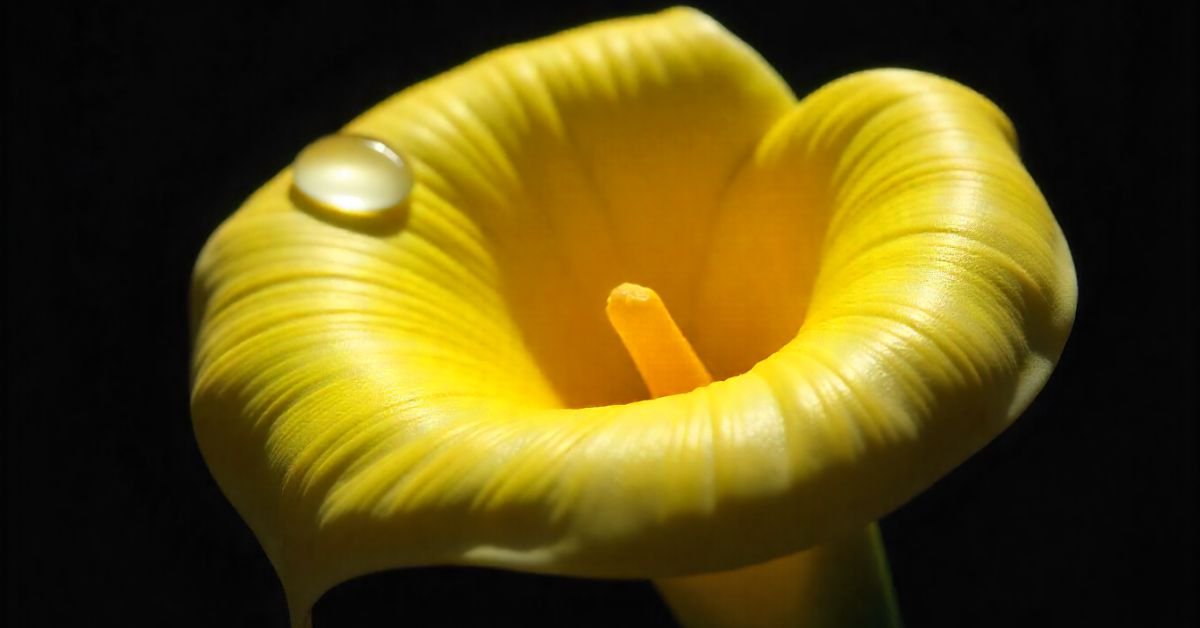Introduction
Yellow colour plants are plants that display bright yellow foliage or blooms. They add a warm and cheerful look to any garden. These plants are easy to spot and instantly lift the mood of your outdoor space.
Adding yellow-colored plants to your garden creates a lively and welcoming feel. Their bright shade stands out among green leaves and other colours. Visitors notice them first, making your garden look vibrant and unique.
Yellow color plant grows well in sunny spots. Some are flowering plants, while others have yellow leaves all year. With proper care, they can thrive and keep your outdoor garden looking fresh and attractive.
Foliage Yellow Color Plants (Leaves, Variegation)
Not all yellow color plants have yellow flowers. Some are valued for their yellow leaves or foliage variegated with yellow. These plants bring brightness even when flowers are not in bloom. Leaves with yellow tones or patterns can lighten up darker garden corners or interior spaces.
Examples of foliage yellow color plants include the Golden Creeping Jenny (Lysimachia ‘Aurea’), which spreads low and has round yellow leaves.Japanese Maple ‘Aureum’ shows golden-yellow leaves in spring that later deepen in shade.Heuchera ‘Lime Marmalade’ gives chartreuse or lime-yellow foliage that is especially striking in shade.When picking a yellow color plant for foliage, you should consider light: too much strong sun can scorch yellow leaves, too little light can cause them to become pale or lose vibrancy.
Types of Yellow Flowers
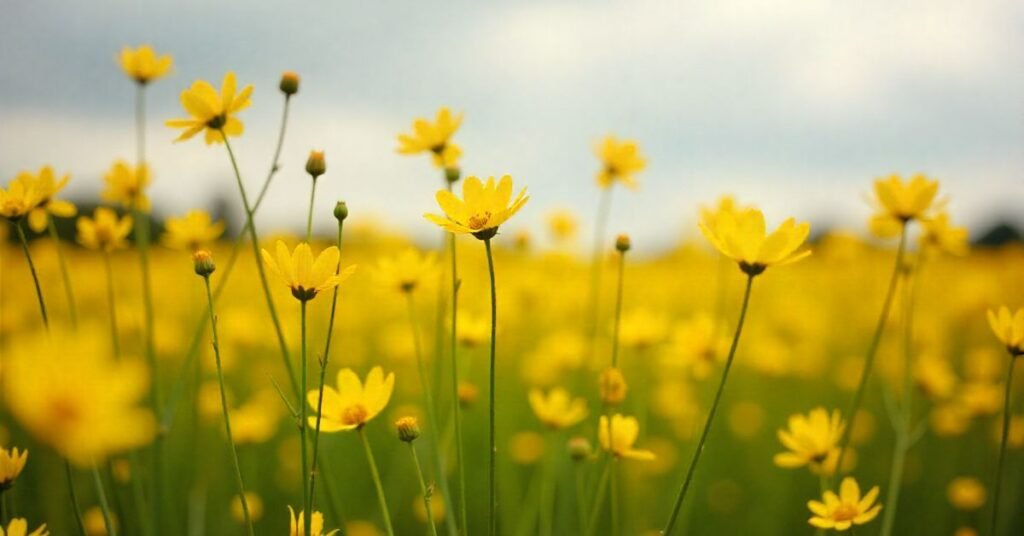
| Plant Name | Type | Flower Description | Extra Notes |
| Sunflower | Annual | Large yellow blooms that follow the sun | Attracts bees and birds |
| Marigold | Annual | Bright yellow or orange flowers | Great for borders and pots |
| Calendula | Annual | Soft yellow to orange blooms | Attracts pollinators |
| Daffodil | Bulb (Spring) | Yellow trumpet-like flowers in spring | Dies back after blooming |
| Coreopsis (Tickseed) | Perennial/Annual | Yellow daisy-like flowers through summer | Continuous blooming |
| Shrubby Potentilla | Perennial Shrub | Small star-shaped yellow blossoms in summer | Low maintenance |
| Tips for Choosing | Details |
| Blooming Season | Check if it blooms in spring, summer, or fall |
| Sunlight Needs | Most yellow color plants prefer full sun |
| Winter Hardiness | Some die back in winter; choose perennials for year-round presence |
How to Care for Yellow Color Plants
Caring well for a yellow color plant ensures its color stays bright and leaves or flowers look healthy. Yellow tones may fade or turn brown, so good care is key.
- Light: Give enough bright light. For flowering yellow color plants, full sun is often needed. For foliage yellow color plants, partial shade or filtered sun works best.
- Soil: Use well-draining soil. Too much moisture can cause root rot. Soil that holds too little water will dry the plant out.
- Water: Water regularly but avoid waterlogging. Let the top soil dry a bit before watering again, especially for indoor yellow color plants.
- Fertilizer: Use balanced fertilizer during growing or blooming season. Too little nitrogen can make yellow color plants pale. Too much fertilizer can burn roots or cause weak growth.
- Pruning: Remove dead or fading flowers (deadheading) to encourage new blooms in yellow-flowered plants. Trim yellow or diseased leaves in foliage plants to keep the plant tidy.
- Pest & disease control: Watch for insects (aphids, mites) and fungal problems. Yellowing leaves may be a sign of stress, nutrient deficiency, or pests.
Why Might a Yellow Color Plant Turn Unhealthy or Lose Yellow
Even a healthy yellow color plant can lose its bright hue or show signs of trouble. If you see changes, they often have causes that are correctable.
Yellow color plants might develop dull or brown spots, or leaves might turn yellow because of:
- Overwatering: Soil stays too wet, roots can rot, and plants fail to take up nutrients.
- Underwatering: Lack of water causes yellowing and drop of leaves or faded flowers.
- Too little light: Yellow foliage may lose brightness, flowers may not form properly.
- Temperature stress: Extreme heat or cold can harm color, burn leaves, or stop growth.
- Nutrient deficiencies: Lack of iron, magnesium, nitrogen often shows in yellowing especially between leaf veins or on older leaves.
- Pests or disease: Infestations or infections weaken the plant so it cannot maintain bright color.
Catching issues early helps. If a yellow leaf goes bad, trim it off. Adjust light or water. Use fertilizer as needed. Change soil or report if roots are bad.
Using Yellow Color Plants in Garden Design
Yellow color plants are more than just pretty. They help design gardens with mood, contrast, and structure in mind.Yellow contrasts strongly with cool colors like blue, purple, and green. Placing yellow color plants near blue flowers makes both colors stand out. In shady spots, yellow foliage plants lighten dark corners. Along walkways or entrances, yellow flowering plants create cheerful welcomes.
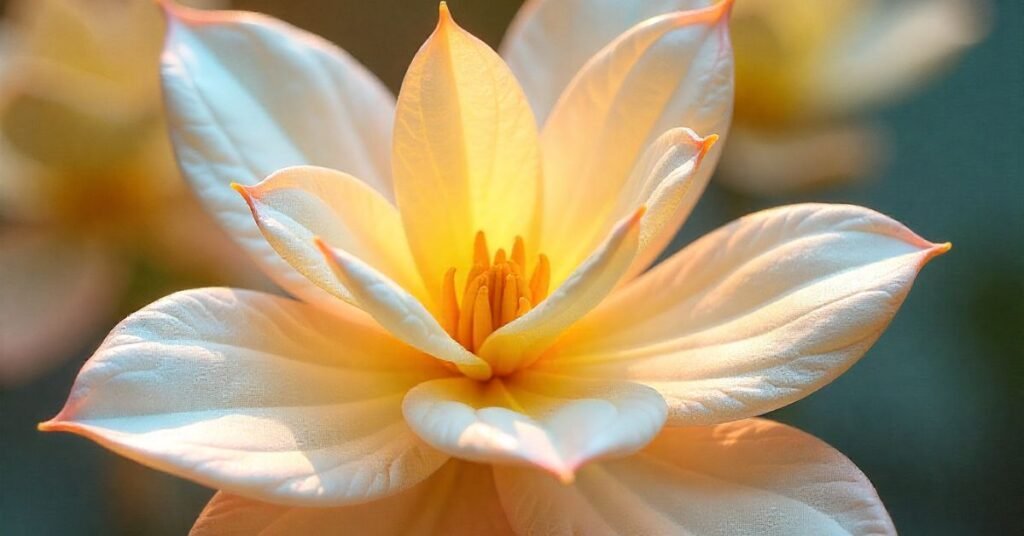
In mixed beds, use yellow color plants as accents. Use them sparingly so they pop rather than overwhelming. For containers, combining yellow flower-plants with foliage grey or green ones gives a balanced look. Also think about bloom times: some yellow color plants flower early, some late so you can get color through many seasons.
Best Yellow Color Plants for Different Climates
Some yellow color plants thrive in sunny, hot climates; others prefer cooler, shaded or partially shaded conditions. Picking the right plant for your climate makes a big difference in how vivid the yellow color appears and how healthy the plant stays.
| Climate / Condition | Good Yellow Color Plants | Why They Work / Notes |
| Full sun, hot summers | Sunflower, Calendula, Dahlia (yellow cultivars) | These need lots of light to produce bright yellow flowers. Heat-tolerant species will perform best. |
| Partial shade or filtered sun | Golden Creeping Jenny, Heuchera ‘Lime Marmalade’, Japanese Maple ‘Aureum’ | Foliage yellow shows best with enough gentle light, not scorching. Leaves may burn in the strong sun. |
| Cooler climates / spring bloom | Daffodil, Primula veris, Narcissus varieties | Bulbs and early bloomers bring yellow color when most other plants are still small. |
| Warm tropical or indoor | Yellow Hibiscus, Canna Lily yellow types, Golden pothos (foliage) | These like warmth, humidity, and well-draining soil. Indoors, they need light. |
Combining Yellow Color Plants with Other Plants
Yellow color plants combine well with many other plants. To create balanced color, contrast, and harmony, think of these combinations:
Pair yellow color flowering plants with purple lavenders or blue salvia for strong visual contrast. Combine yellow foliage plants with rosy or pink flowers for soft contrast. Use plants with darker green foliage behind yellow color plants to make the yellow pop.
Leaves with yellow edges or variegation can help transition between plants of different colors. Also, mixing plant heights, tall yellow flower plants in the back, low yellow foliage plants in front gives depth. Containers are ideal: use a yellow flowering plant as focal point, surrounded with neutral leafy green or silver-toned plants.
Where to Buy and Propagate Yellow Color Plants
You can find yellow color plants at nurseries, garden centers, and online plant shops. When buying, check that:The plant has healthy foliage or flowers (no brown or black wilting parts). The yellow color should be vivid, not dull or faded. The root system should look healthy if visible. The soil in the pot should be moist, not soggy or dry.
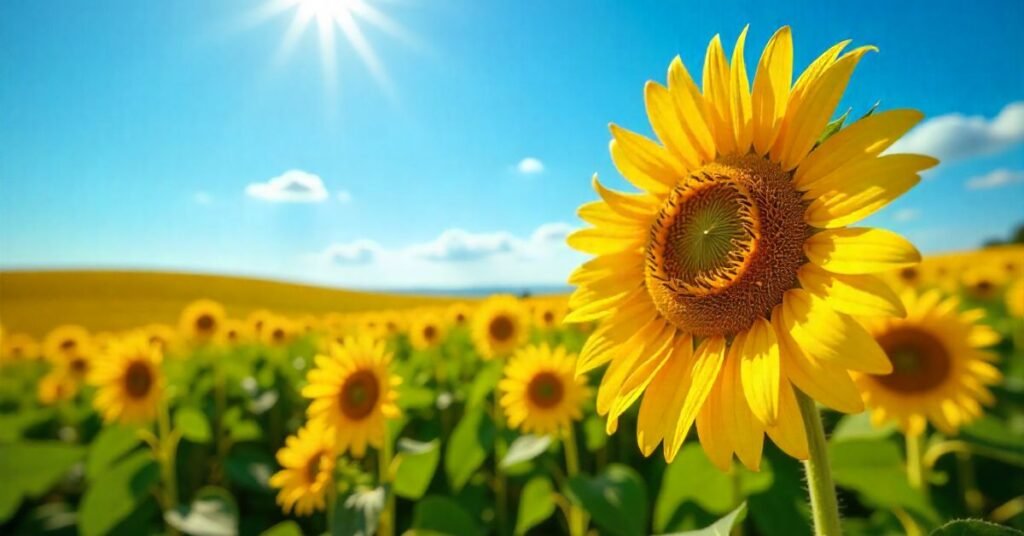
For propagation, many yellow color plants can be grown from seeds, cuttings, or division. Bulbs can be split. Foliage or flowering plants often root from cuttings. Make sure the cuttings are healthy and use clean tools. For indoor propagation, maintain humidity and gentle light.
Summary
Yellow color plants give gardens and interiors beauty, brightness, and personality. Whether it’s flowers or foliage, yellow brings light. To keep your yellow color plant healthy, give enough light, water carefully, use good soil, and treat pests or issues early. Choose plants suited to your climate and spot. Use design ideas to combine yellow color plants with others for contrast. With the right care, your yellow color plant will shine.
FAQs
1. Which season is best for yellow colour plants?
Spring and summer are best because most yellow plants bloom strongly then.
2. Do yellow colour plants return every year?
Some are perennials and return each year, while annuals last only one season.
3. Can yellow colour plants survive winter outdoors?
Only hardy varieties survive winter; others need to be moved indoors.
4. How much water do yellow colour plants need?
They need more water in hot, sunny months and less during cool seasons.
5. Do yellow colour plants attract pollinators?
Yes, their bright flowers attract bees, butterflies, and other pollinators.

